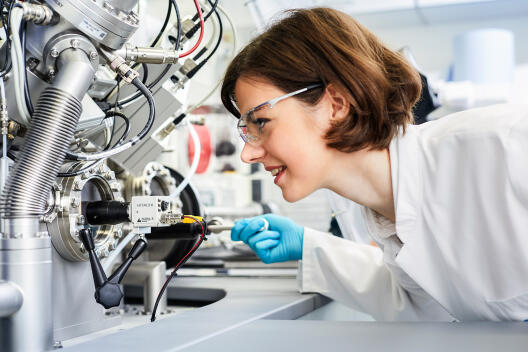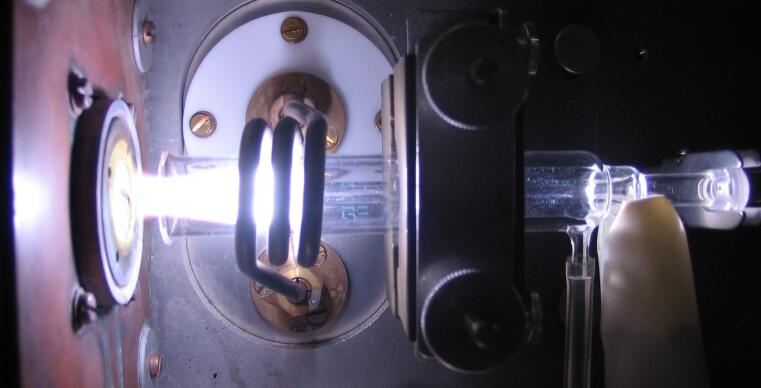International Leader in Battery Cell Analytics
The properties of a battery are determined primarily by the chemical and electrochemical processes occurring inside. The challenge is to gain exact knowledge and understanding of the self-enclosed, sensitive battery cell system, as well as of the composition of the containing materials and of the occurring reactions and mechanisms. Only then is it possible to assess and optimize existing battery cells and develop sustainable battery technologies for the future.
Since 2009, this has been the task of our scientists in the research area Analytics & Environment at MEET Battery Research Center at the University of Münster. With its focus on lithium-ion technology – and its outstanding methodological competence – the MEET team is one of the international leaders in battery cell analytics. Promising new technologies such as solid-state batteries are also investigated in the MEET laboratories.

Comprehensive Analytics for Batteries and the Environment
Analytical chemistry is at the center of the research area’s methodology, providing a great deal of information through qualitative and quantitative studies. Battery analytics present researchers with special challenges of a highly complex nature: handling strongly reactive samples from the self-enclosed, highly energetic battery system; examining batteries while they are in operation; dealing with many simultaneously occurring aging processes inside a battery; or investigating possible discrepancies between laboratory, industrial or production scales.
Our researchers take a close look at the entire supply chain of the battery: from the raw materials, cell production, formation and cyclization to post-mortem examinations and recycling and second-life approaches. In addition, the researchers study the impact which batteries have on the animate and inanimate environment, providing data for toxicological assessments – for example, with regard to work safety. Another focus of the team lies on the mechanistic elucidation of processes inside the battery.
By carrying out thoroughly comprehensive analyses, our researchers gain in-depth knowledge which they use as a basis for making significant improvements not only to the performance and lifetime of these electrochemical storage devices, but also to their safety and sustainability.


